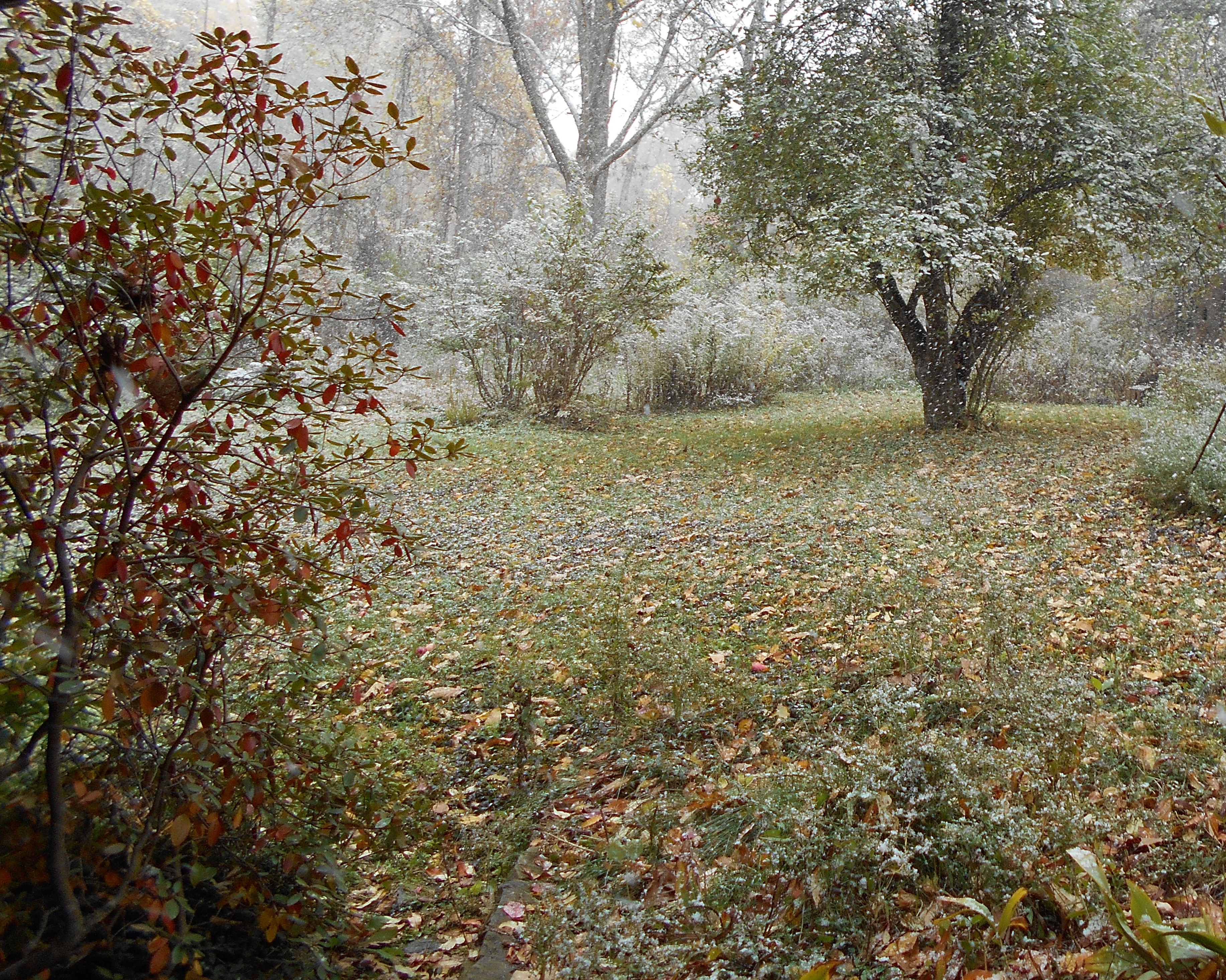To be a teacher, you have to understand what being a student means, which means understanding learning. You have to understand your particular students, what interests them and how they learn. You have to study your own mind. But being a student also means being a teacher. For students to learn, they must be given the opportunity and responsibility to teach their peers as well as teach themselves. Education works best when teacher and student work together, are partners in solving problems and answering questions. To teach, be a student. To be a student, teach.
What do you do when you think students aren’t learning what you think they should? Or they aren’t behaving appropriately? These situations arise frequently and often overlap. If a student is frustrated with instruction or doesn’t feel personally respected or feels that the material is not meaningful, he or she will let you know it one way or another. Everything that happens in the classroom is a “teachable moment.” Education is primarily about learning how to learn. It is or should be primarily about how you approach each moment of your life and uncover meaning in it.
And everything that happens in a classroom arises out of the relationships established in and around it; with the larger school community, the teacher with students, students with each other, etc. These relationships must be respectful, engaging, and caring, for both student and teacher. To feel cared for begins with caring. Everything depends on the awareness and feeling you bring to the moment-by-moment living of your life.
Especially considering the very stressful situation most teachers find themselves in today, it is so easy for a teacher to berate him or herself, or to attack students for being this or that. When you attack yourself, you become more rigid, less adaptive and perceptive. When you attack or distance yourself from students, your relationship is distorted. You can’t teach a subject or person you reject and won’t look at. If you want to teach about racism, you must first know how it works and look at it directly, in yourself, in the society around you. If you want to fight hate, you must first locate it in yourself and study how it works. Only by looking at it can you see it and bring it to an end. You can’t teach a student if you blame her for not learning from you. You can’t teach a student if you blame yourself for his not-learning. Blame is separation. It is closing the door
To teach how to learn, model how to treat life as an opportunity to learn. When something comes up in the classroom, notice, breathe, consider (nbc); notice what you’re feeling, take a few breaths, and then consider what the student’s actions are saying and what would be an appropriate response. You must first hold the person and your image of him or her carefully in your heart and mind in order to feel out where you can meet. By holding, you care; you are open. This is the first step. You might go home and, in a quiet moment, close your eyes and allow thoughts and images of the student to come up for you. Ask yourself: what exactly did she or he say? How was she standing or sitting? What might he be feeling or thinking? What was behind the behavior? Let go of sitting in judgment; instead, just sit with the student in mind. Then study how the student learns or approaches learning in your classroom and create the best lesson you can within the limits of your teaching situation.
And you don’t do this one or ten times. All of us have been “carefully taught” to objectify and blame. Learning to stop the blame game and be empathetic, to hear and feel what you and your students say and experience, being kind to yourself and your students, requires constant care. When you hear or feel the blame arising within you, this isn’t a message telling you how to act; it is a message telling you to open up more deeply. When you hear yourself saying, “such behavior should not occur in a classroom,” this is the moment you recognize what is going on so you can stop it. You can find the best way you can in that moment to learn from it and respond appropriately.
In a classroom discussion, I remember one student saying that he couldn’t be open to whatever came up in his mind. “What if I was facing evil? How could I be open to evil? I want to fight evil, not feel it.” But to identify as a fighter of evil, you need to keep evil alive. It is difficult to face what hurts. But it’s even more difficult to let go of what is unseen.
Teaching is most satisfying for me when I am not fighting myself and am able to think of whatever occurs as simply my life, teaching as one aspect of living. Writing blogs analyzing attacks on education or how to improve my teaching is not interfering with my life; it is living my life. Responding to a student in pain can be painful, but it is why I became a teacher. It is an opportunity not only to help others and do something constructive, but to strengthen myself, to strengthen my ability to live fully and with feeling. And that is truly gratifying.

